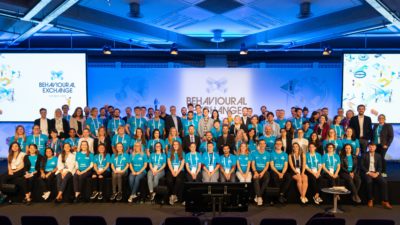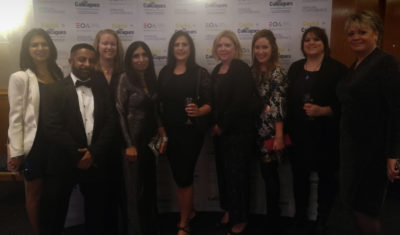What is a Public Service Mutual, and what does ‘spinning out’ consist of? What does it really mean to be employee owned, and what has it all got to do with public services? Public Service Mutuals can seem confusing even to those who have heard of them before, so what better place to start than a simple dictionary definition!
Public Service Mutuals are currently defined as organisations that have left the public sector (often referred to as “spinning out”), continue to deliver public services and have a significant degree of employee ownership, influence or control in the way they are run. It might surprise some to learn that there are more than 130 Public Service Mutuals operating across England, collectively delivering more than £2 billion in public services.
As committed in the Civil Society Strategy, the Government is currently consulting on the future definition of public service mutuals. The ambition is to define an employee-led, socially-driven and transparent business model that the public sector and wider society can get behind. We speak to two organisations, RISE and the Behavioural Insights Team (BIT), about what being a public service mutual means to them.

The Behavioural Insights Team
What does employee influence or ownership mean to you and how is this put into practice in your organisation?
RISE: Employees shape the business by providing an active voice for what’s working well and what needs to be improved within the organisation. This ongoing feedback drives performance and improves the quality of our work. Our Employee Chair also works closely with RISE’s Employee Council, identifying themes (such as health and well-being) that would benefit all staff. We have found that empowering employees and making them feel valued in this way contributes to a nurturing and supportive culture which has a direct impact on productivity.
BIT: BIT set up an employee benefit trust which owns 27.5% of BIT and has representation on the Board. This means that those who work in BIT aren’t just employees, but also have a literal stake and power to shape the kind of organisation we are and the type of work we do. It helps ensure an alignment of interests between those who work at BIT and our other shareholders – the Cabinet office and the innovation charity Nesta. If we succeed, then all benefit.

What were your experiences of leaving the public sector, and how important do you think that process is to a mutual’s identity?
RISE: Spinning out was a long process (two years), with challenges which could easily have become too much to overcome. We learnt sheer persistence, an unwavering vision and early employee engagement is critical. We also learnt that the process of spinning out in itself does not create a mutual’s identity; this is a gradual process and all employees provide a vital role in contributing to the development of the new culture. As a starting point, we established clear organizational values that everyone had the opportunity to contribute to, and ensured that they were embedded throughout everything we stand for and deliver as an organisation.
BIT: It was a complex and lengthy process, especially navigating the public procurement regulations and the requirements involved with setting up an Employee Benefit Trust. Our governance is still quite complicated, but we accept that as part of the responsibilities we have. BIT was built in government, for government, and it retains a close relationship with government. To this end, its provenance and purpose is reflected in its constitutional documents. For example, the public good objectives are enshrined in our articles, and the Cabinet Office still retains some control via shareholder consent matters.

RISE team
How does having a social purpose and being a public service mutual influence how you use your profits?
RISE: It means that we can distribute a portion of our profits to community causes that we believe in. For example, to organisations working with survivors of domestic abuse, as well as to the Grenfell Foundation, which is close to our heart as our head office is located near to the Grenfell site. However, re-investing profits this way needs to be balanced against ensuring appropriate reserves, so organisations have the financial backbone to support sustainability. Organisations can only make a difference if they have financial solidity.
BIT: Given that by far the biggest ‘cost’ – and asset – in an organisation such as BIT is our staff and their expertise, the line between reinvesting profits and investing in our people is a pretty fine one. Our shareholders have also been supportive of us directing a portion of our profit or surplus to our internal ‘Impact Opportunity Fund’. This has enabled us to pursue projects that we, and our staff, think are likely to be particularly impactful but that there was no obvious immediate funder for. Our public good objective also affords us the flexibility to take on projects that prioritise social impact over the pursuit of profit.
To find out more about the consultation and how to respond please go to: https://www.gov.uk/government/
With thanks to Clare King, Director of Business Development & Innovation at RISE, David Halpern, Chief Executive at BIT, and Nicky Kerr, General Counsel and Company Secretary at BIT, for their contributions.
 Department for Culture, Media and Sport
Department for Culture, Media and Sport
